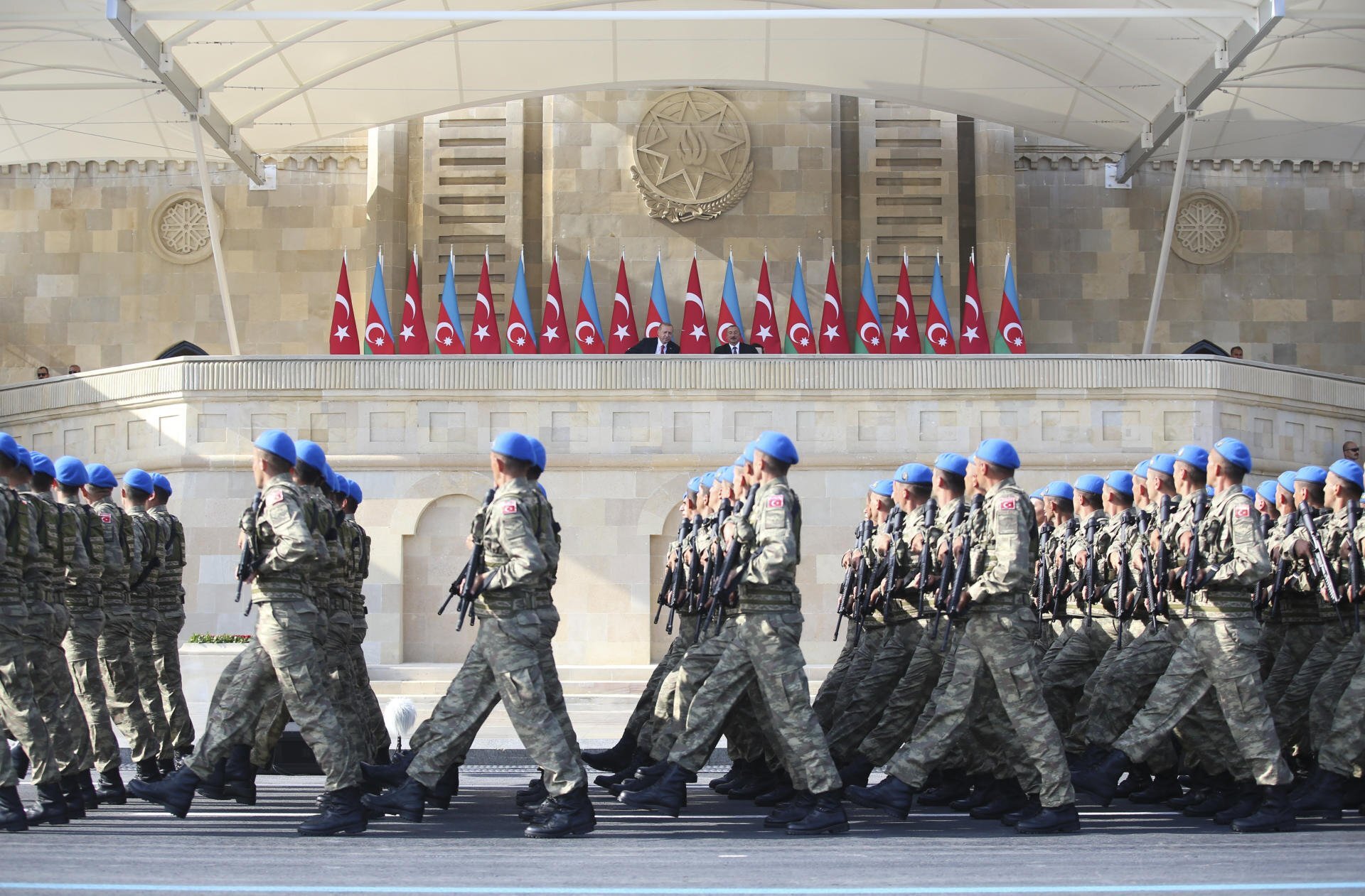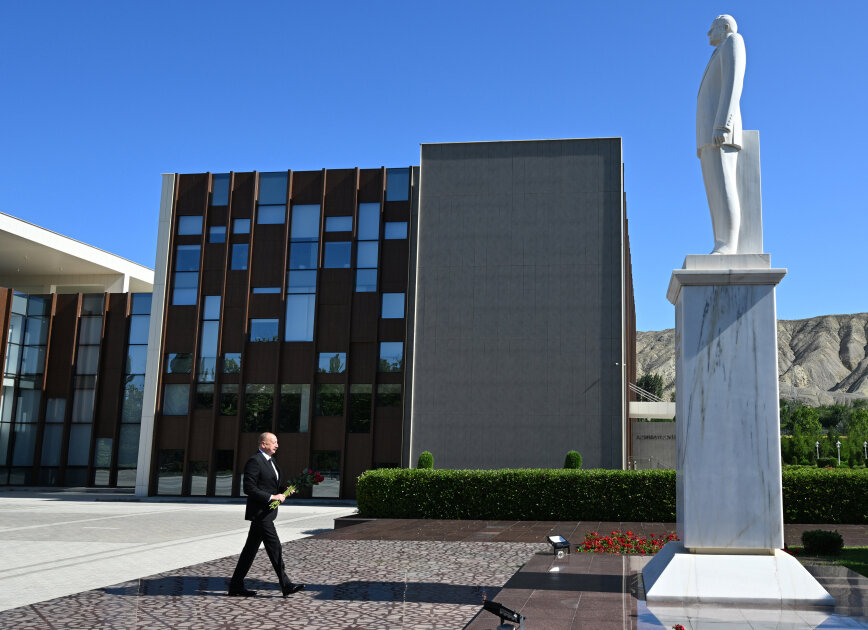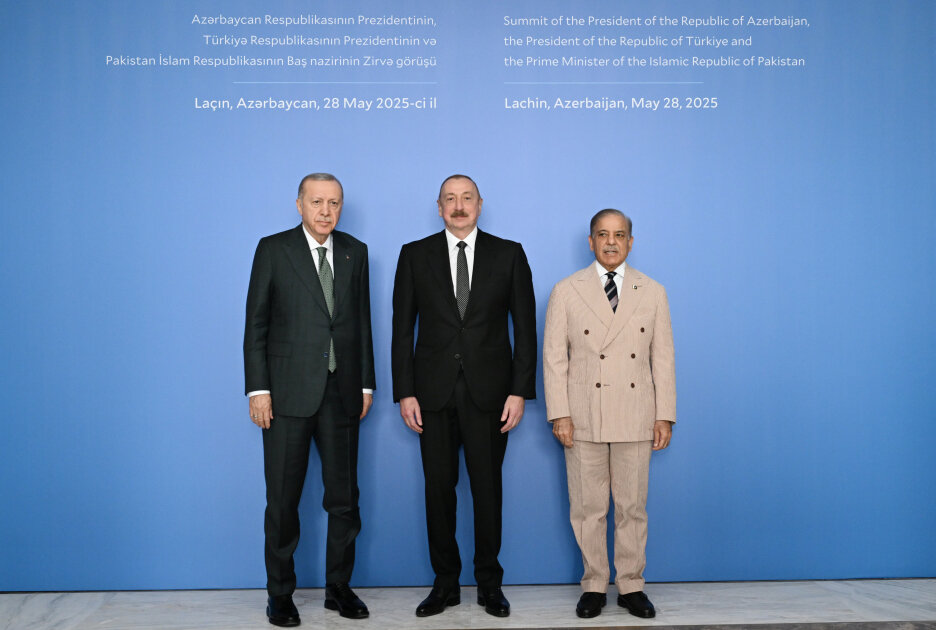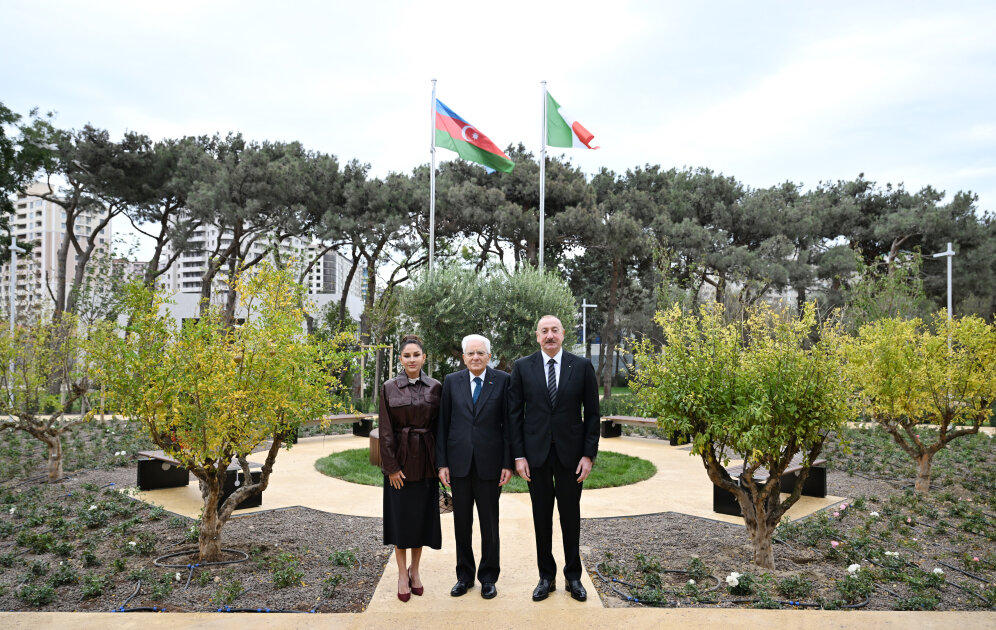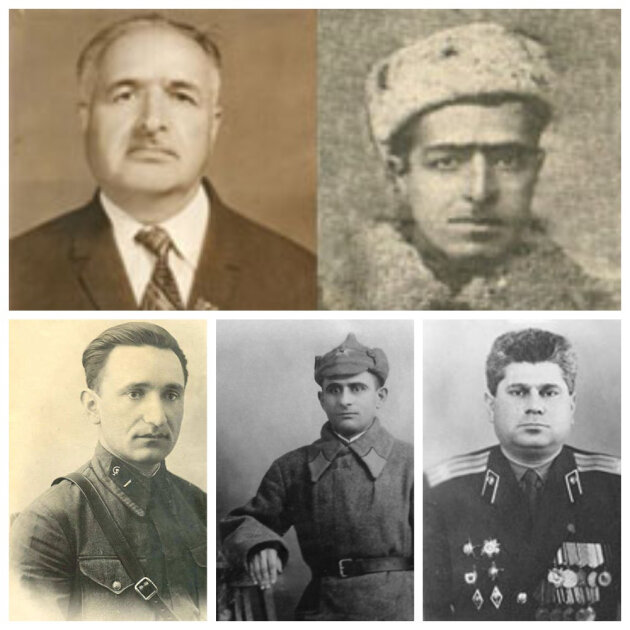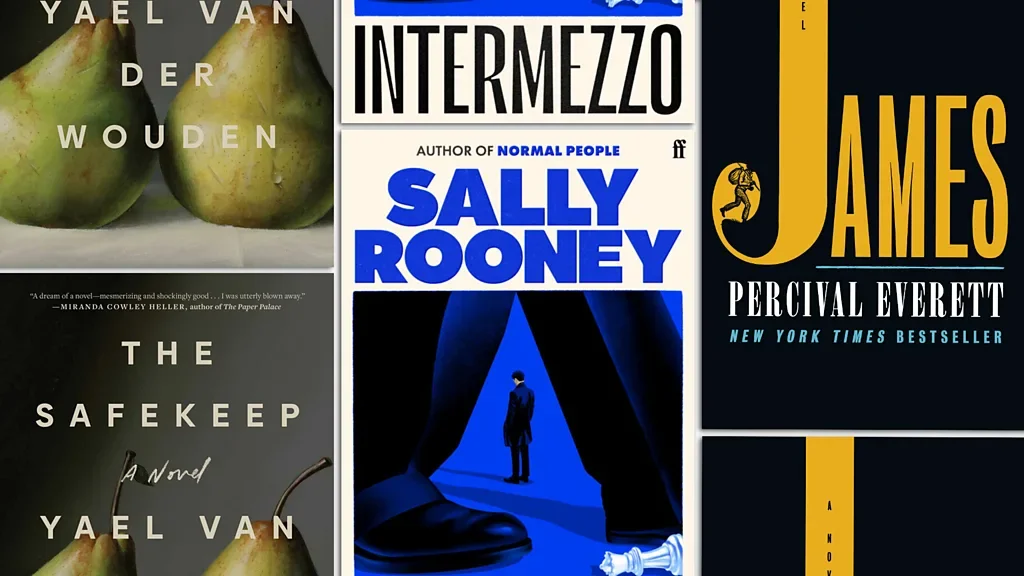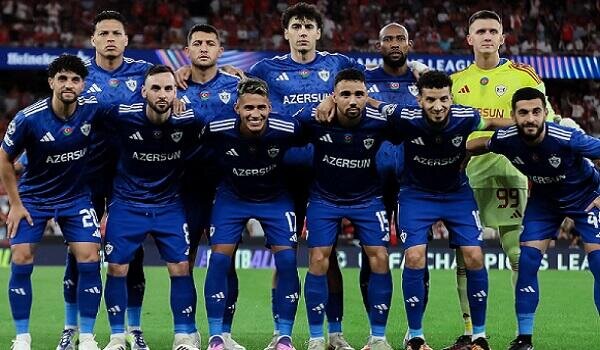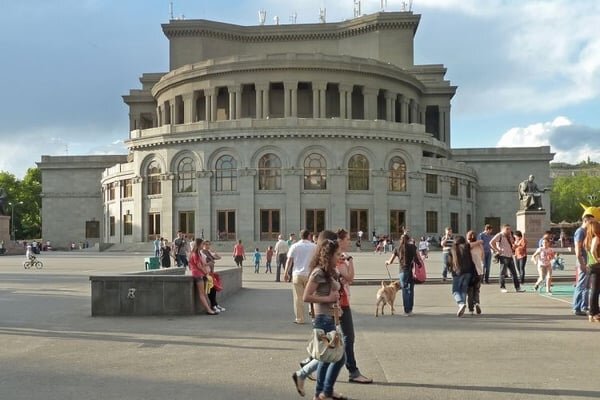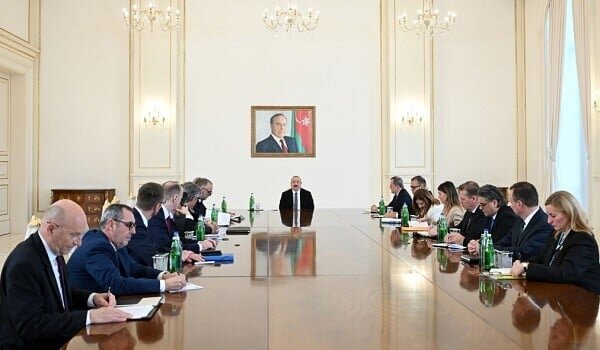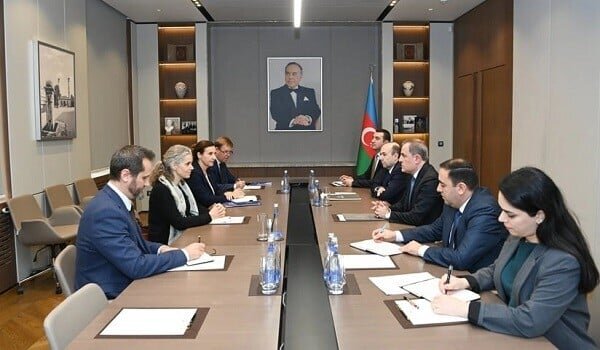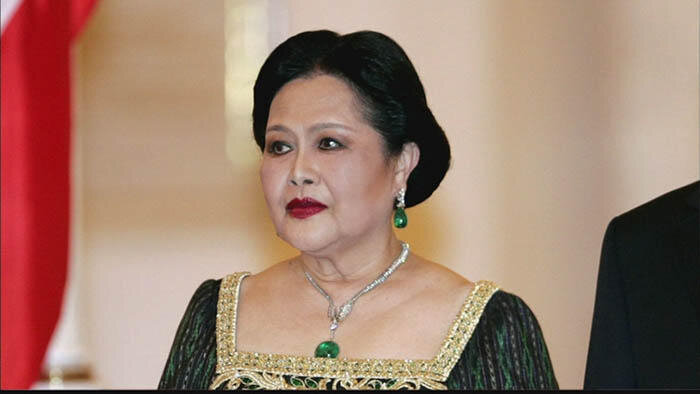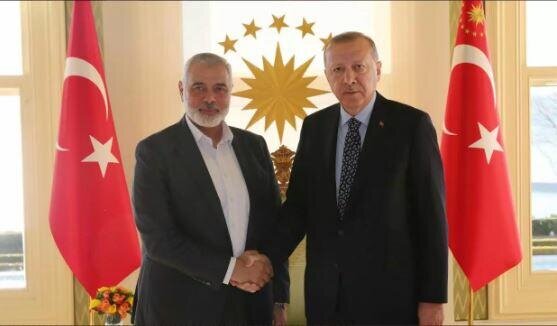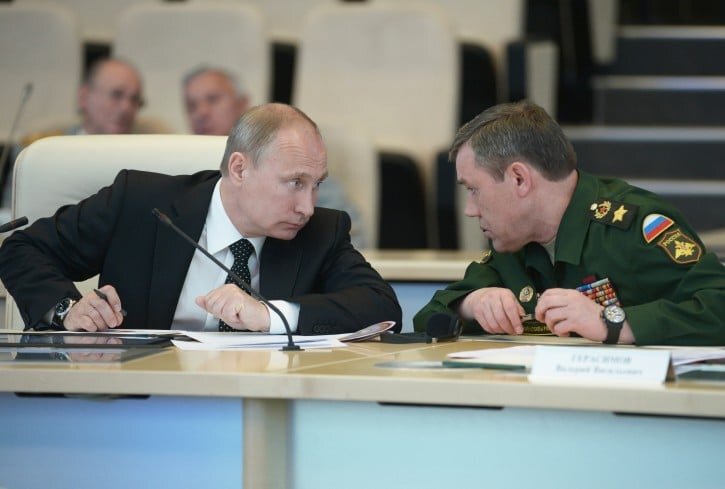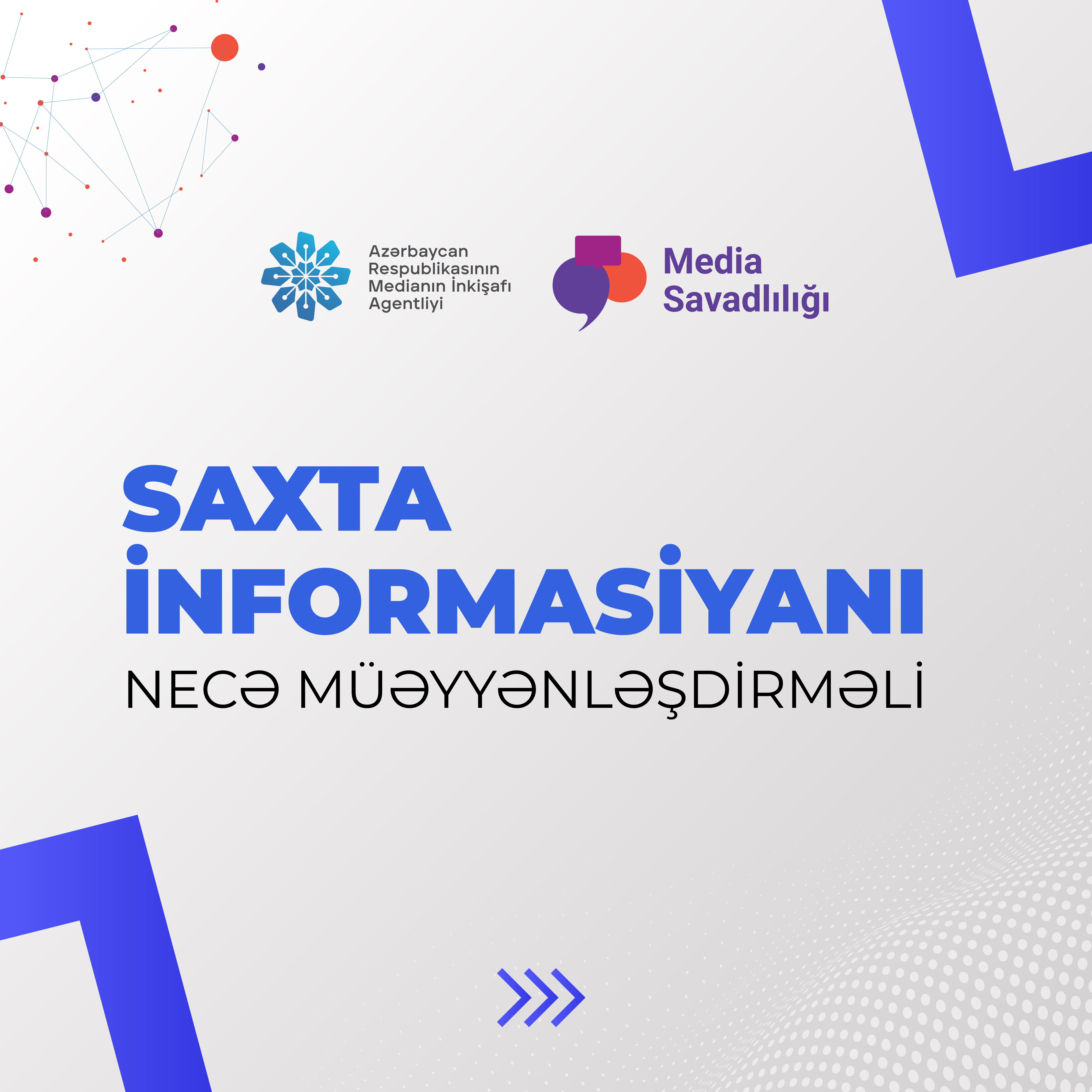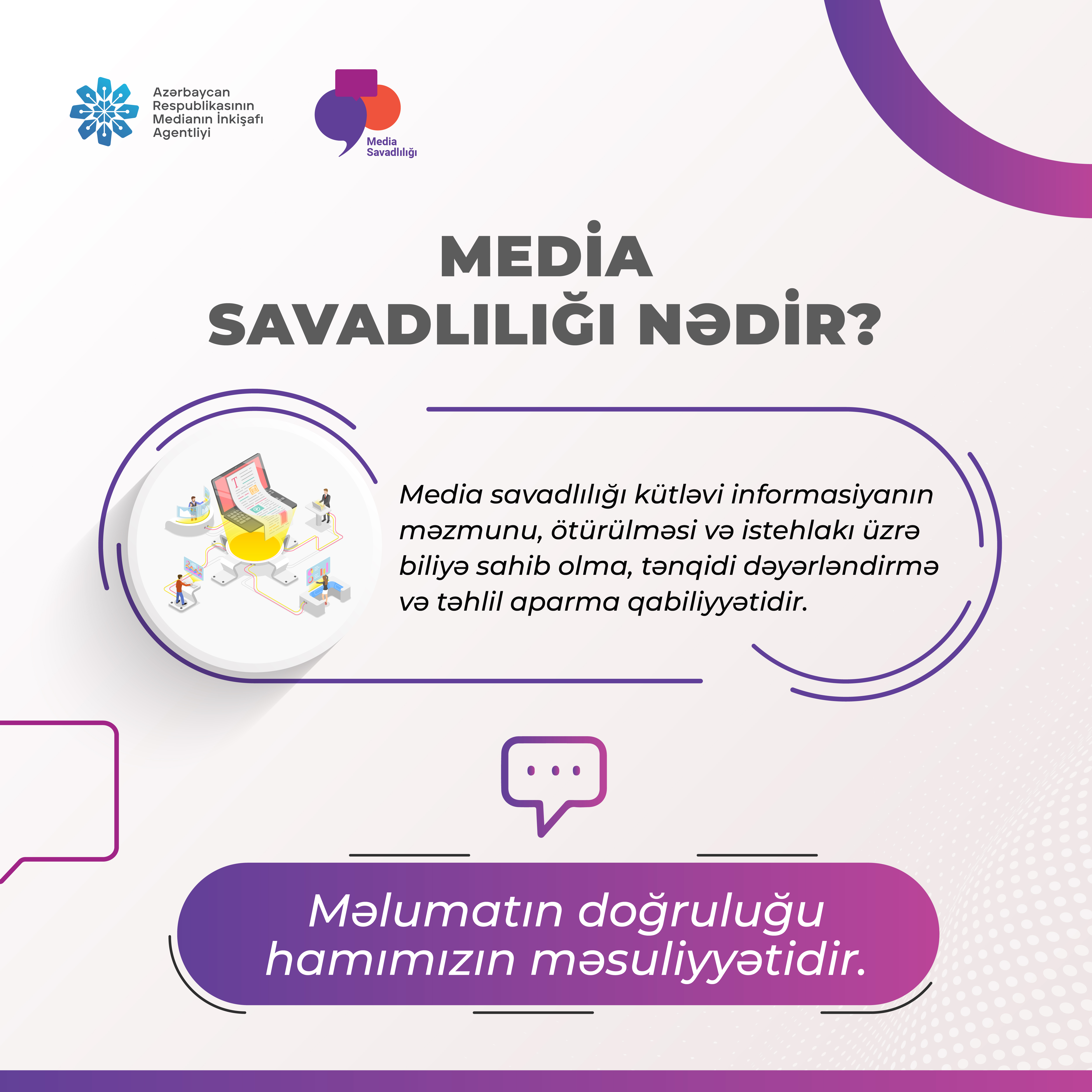The Victory Museum opened in Baku - Photo
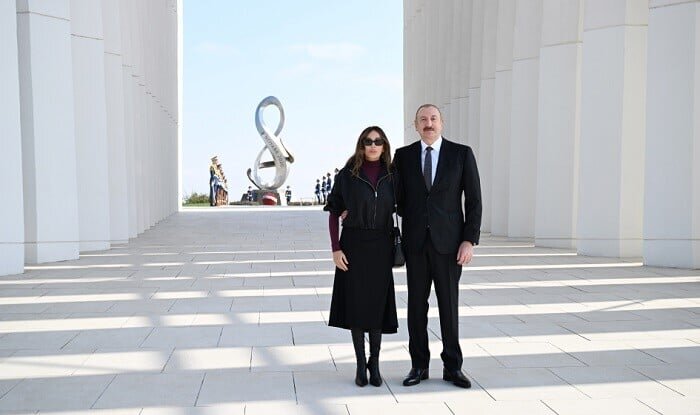 President of Azerbaijan Ilham Aliyev and First Lady Mehriban Aliyeva visited the Victory Monument in Baku and attended the opening of the Victory Museum.
President of Azerbaijan Ilham Aliyev and First Lady Mehriban Aliyeva visited the Victory Monument in Baku and attended the opening of the Victory Museum.
1news.media reports that President Ilham Aliyev laid a wreath in front of the Victory Monument and paid tribute to the memory of the martyrs.
First Lady Mehriban Aliyeva laid flowers in front of the monument.
Then the head of state and the first lady attended the opening of the Victory Museum.
The Victory Museum was established in December 2020, pursuant to the Decree of the President of Azerbaijan Ilham Aliyev "On the Establishment of the Patriotic War Memorial Complex and the Victory Museum in Baku", to demonstrate the unparalleled heroism shown by the Azerbaijani people in the Patriotic War and the glorious Victory they won, and perpetuating the dear memory of our martyrs.
The museum's exposition was developed based on international experience and existing museum concepts in the world, as well as applying the latest technologies. 8 exhibition halls have been created here: "Karabakh and Eastern Zangezur. The Story of the Centuries", "Armenia-Azerbaijan Conflict. A Look at History", "44-Day Patriotic War. Operation "Iron Fist", "Glorious Victory. Liberation of Shusha", "The Path of Heroes", "Karabakh is Azerbaijan!", "Restoration of State Sovereignty. 20.09.2023", "Karabakh and Eastern Zangezur. Revival".
The presented facts, photo and video materials, interactive demonstrations and exhibits, models specially prepared for this museum not only fully convey to the visitor the truth about the conflict, the course of the 44-day Patriotic War, the restoration of state sovereignty as a result of the Glorious Victory, but also make these events relive for everyone.
The entrance to the museum features the "Iron Fist" installation, which has become a symbol of the historical Victory, and thoughts from the speech of the Victorious Supreme Commander-in-Chief, President Ilham Aliyev. The names of our heroes who died in the 44-day Patriotic War are engraved on the wall surrounding the museum as a sign of respect. The water flowing along the wall symbolizes that our martyrs, as a constant source of life, have achieved immortality with their heroism and that they always live in our hearts. The exhibition halls of the museum contain the names of our martyrs who died in Karabakh before the Patriotic War and after Victory Day.
The first hall of the museum, titled "Karabakh and Eastern Zangezur. The Story of Centuries", presents the natural beauty and historical architectural richness of Karabakh, the cradle of Azerbaijani culture. The book installations on the wall of the hall contain extensive information on the contributions of the National Leader Heydar Aliyev to the socio-economic development of the region.
Interactive books located in the center of the hall provide an opportunity to get acquainted with the nature, literary heritage, music, and folk art of Karabakh. At the same time, visitors are provided with information about prominent personalities of Karabakh who left their mark in the fields of statehood, military, literature, and art.
The hall of the Victory Museum "Armenia-Azerbaijan conflict. A look at history" reflects the painful and unforgettable pages of the Karabakh conflict. It contains information about the chronology of the conflict, the liberation of our lands from occupation as a result of the consistent policy pursued by the Great Leader and our head of state, and the peace process. The hall presents extensive information about refugees and internally displaced persons, victims of the conflict, as well as monuments, mosques, and damage caused to national heritage by Armenians during the occupation.
The installation dedicated to the fate of buildings destroyed and razed to the ground during the occupation in Karabakh - a ruined house and a tree rising from under the remains of this house - is a symbol of the revival of life.
The third hall, titled "44-day Patriotic War. Operation "Iron Fist" reflects the heroic struggle for the liberation of the Azerbaijani lands. LED monitors in the center of the hall take the visitor to the center of the 44-day battles with video materials created using artificial intelligence. The monitors present materials related to combat operations, military achievements, and military attacks of the Armenian armed forces against the civilian population. Holographic screens demonstrate modern military equipment in 3D format. Interactive maps sequentially show the stages of military operations carried out in the territories liberated from occupation. This hall contains flags of the types of troops of the Armed Forces of the Republic of Azerbaijan that made exceptional contributions to the achievement of the historic Victory, as well as models of special forces of the Armed Forces. Several decrees and orders of the President of Azerbaijan related to the Patriotic War and Victory are also displayed here.
The fourth hall, titled "Glorious Victory. Liberation of Shusha", presents an operation that occupies a special place in the military history of Azerbaijan and was carried out with unparalleled tactical skill. During the Patriotic War, special forces fighters showed great heroism by liberating Shusha without heavy artillery.
The Shusha model in the center of the hall reflects the battlefield, and interactive monitors allow you to follow the course of the operation and the main tactical moments in sequence. The other monitor presents the monuments of the city destroyed during the war. The screen shows the emotional march of the glorious Victory Road. This hall reflects the freedom of Shusha, the courage, and heroism of Azerbaijani soldiers.
The "Heroes' Path" hall, dedicated to the courage, selflessness, and invincible will of Azerbaijani soldiers and officers, makes visitors feel the spirit of the struggle for the freedom of the lands. Examples of orders and medals awarded to heroes who participated in the Patriotic War are exhibited here. The "Heroes' Path", reminiscent of a corridor, leads visitors to the next hall, symbolizing the unity of the people and the joy of victory.
The next hall is called "Karabakh is Azerbaijan!" and reflects the Victory Day, which has become a national holiday for our people, and the joy of the whole nation. In the center of the hall is the Murano glass installation of Kharibulbul, which has become a symbol of the glorious Victory in the Patriotic War and the revival of Karabakh. Bright lights and colors give the hall a festive atmosphere, and visual effects enhance the feeling of joy and pride. The proud and joyful moments of Victory, which ended 30 years of longing, are displayed on large screens.
The seventh hall, titled "Restoration of State Sovereignty. 20.09.2023", is dedicated to the restoration of Azerbaijan's sovereignty. The map installation demonstrates the complete liberation of Karabakh and East Zangezur, and the beginning of a new era in the history of Azerbaijan.
The last hall of the museum, titled "Karabakh and East Zangezur. Revival", is dedicated to the restoration and future development of Karabakh. The installation in the center of the hall conveys messages about the bright future of Karabakh with the voices of the children of our heroic martyrs. Three illuminated passages reflect the themes of restoration, ecotourism, and development, demonstrating the activities aimed at the reconstruction of the region. Each passage presents models of cultural, educational and infrastructure projects. Interactive screens bring to life the natural beauty of Karabakh and the ongoing restoration process. This space expresses the revival, sustainable development, and faith in the future of Karabakh.
The section called "Speaking Photos" at the exit of the exhibition hall contains photos reflecting the story and spirit of Zafar. A commemorative book for guests is also placed here.
The museum also has an Auditorium, a library, and a cafe. Seminars and conferences, various public events are planned to be organized in the Auditorium hall. The museum's library presents books and research materials on the history of Azerbaijan, its cultural heritage, the Armenian-Azerbaijani conflict, which is already in the past, as well as on the restoration and development of Karabakh. In the future, it is planned to place materials collected about each of our martyrs, as well as documentary films about the heroes of the Patriotic War, in the museum's database.
The Victory Museum, the Victory Park surrounding the museum, and the Triumphal Arch at the entrance to the park commemorate the 44-day Patriotic War, our glorious Victory, and the dear memory of our heroic martyrs, engraved in the history of Azerbaijan. This proud history is revived in the memory of every visitor who comes here.


